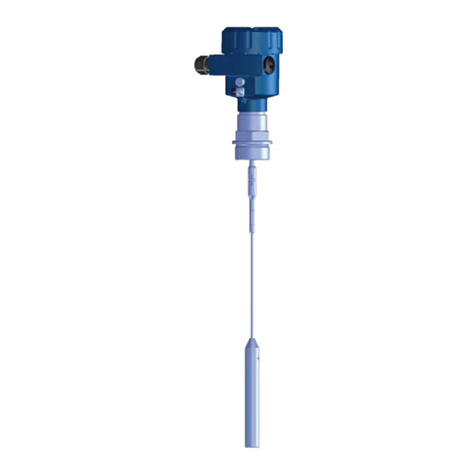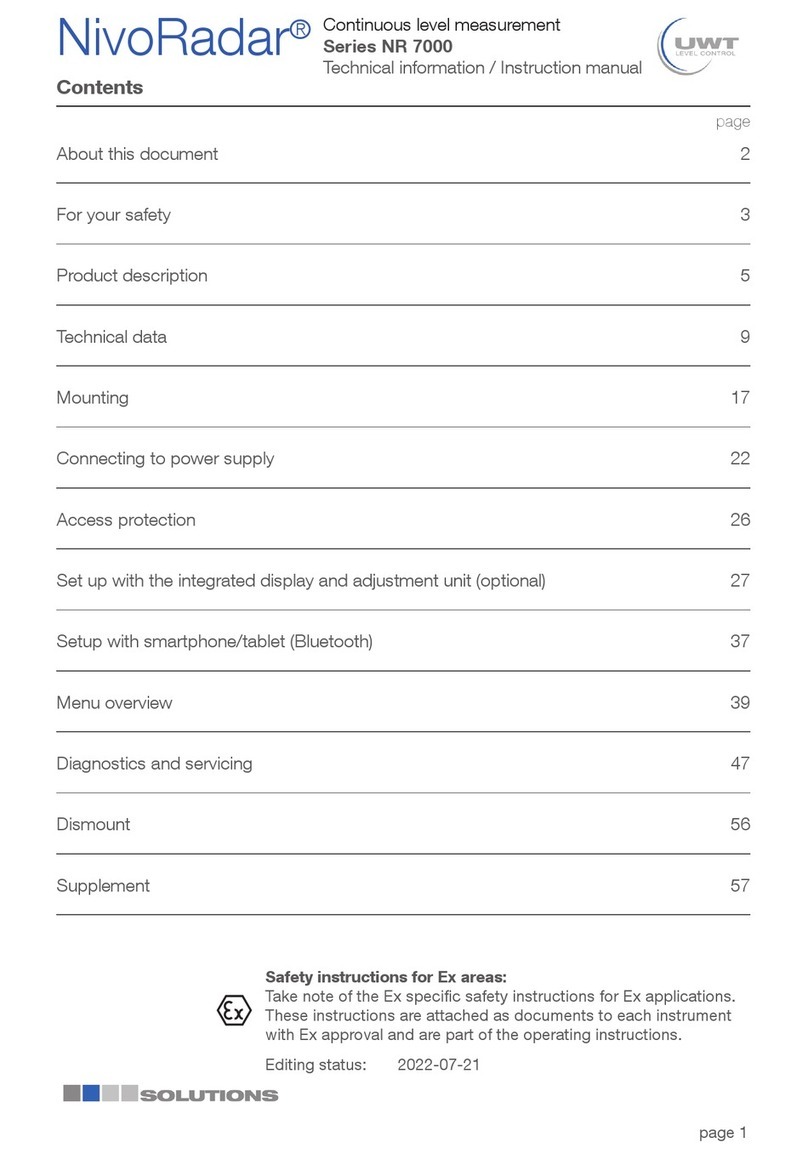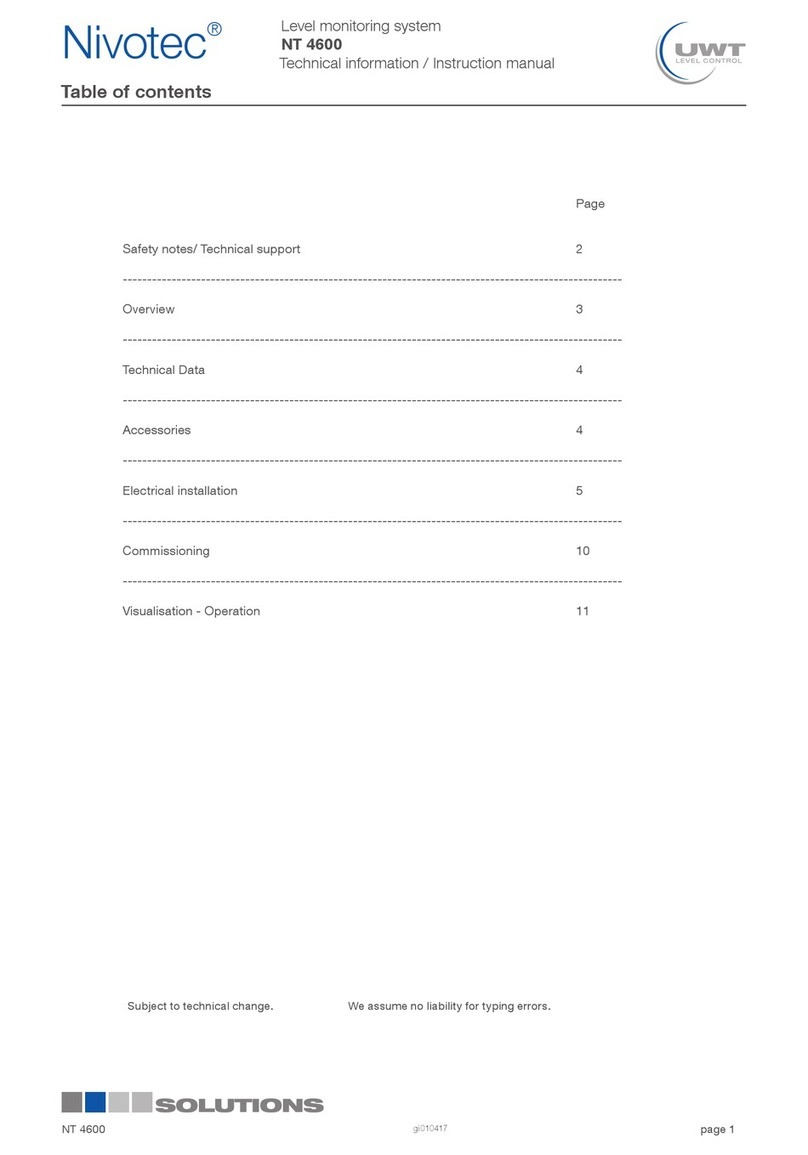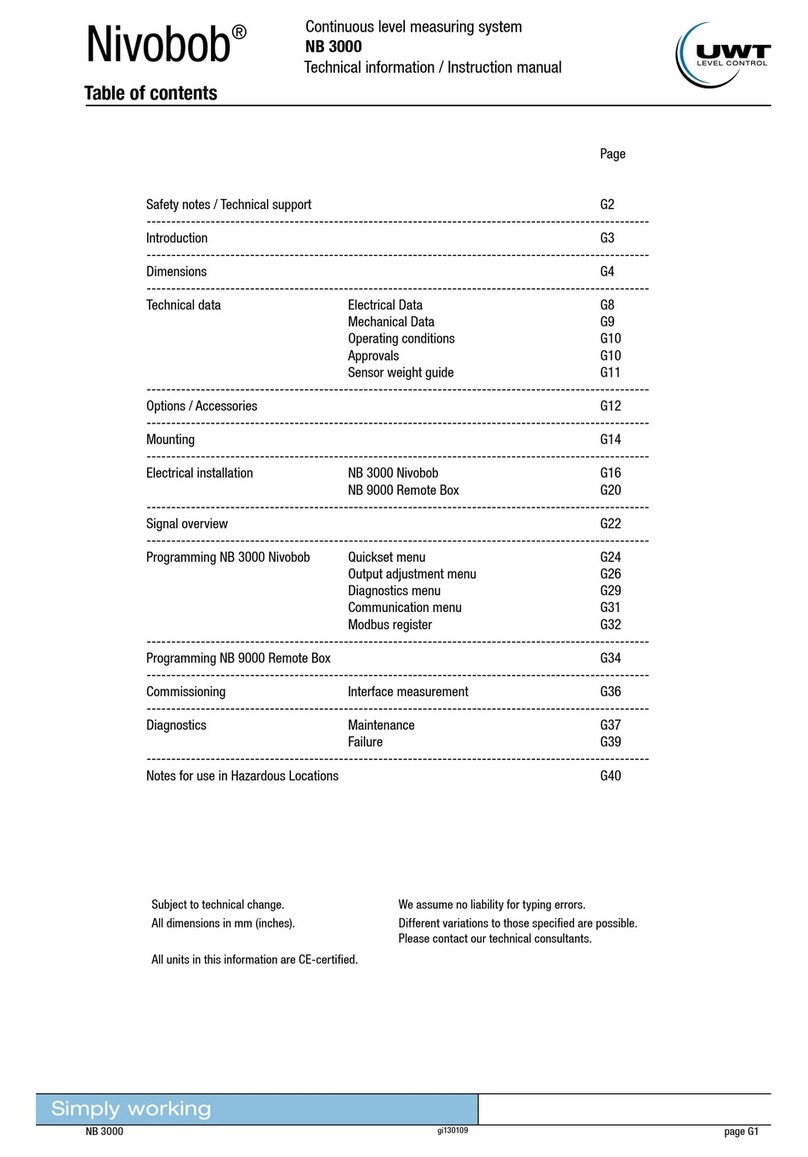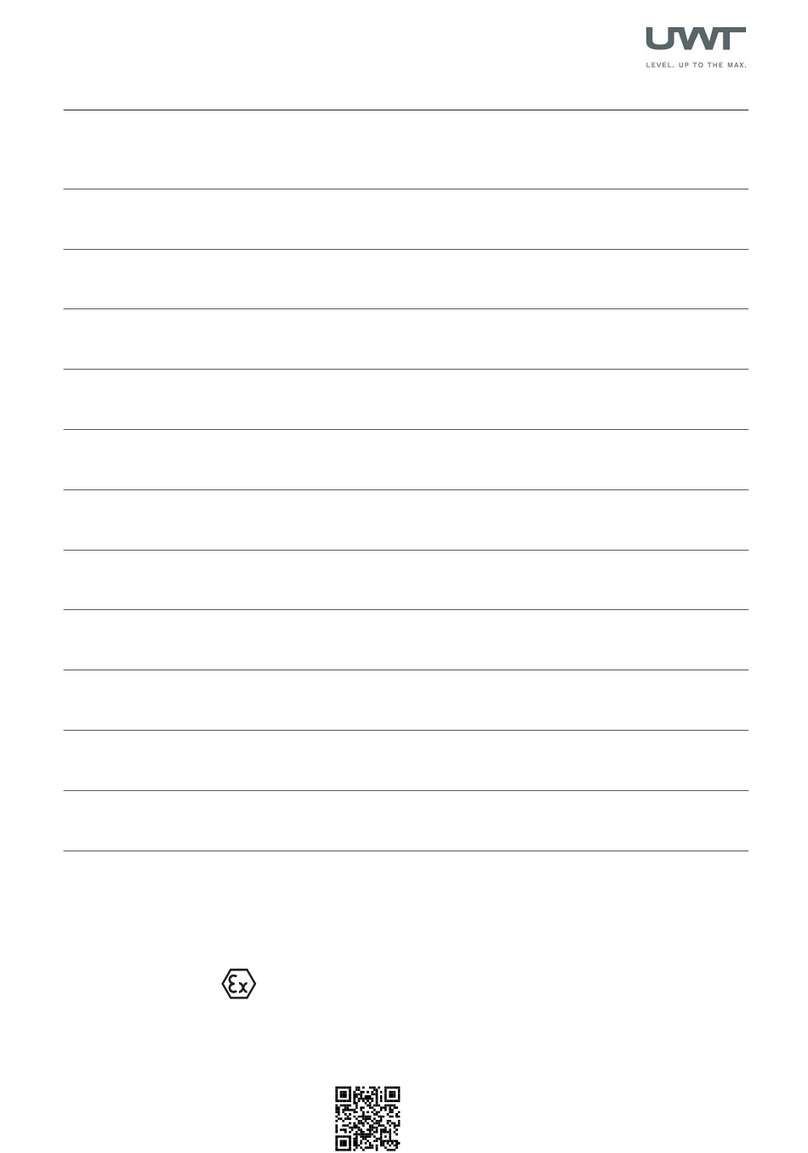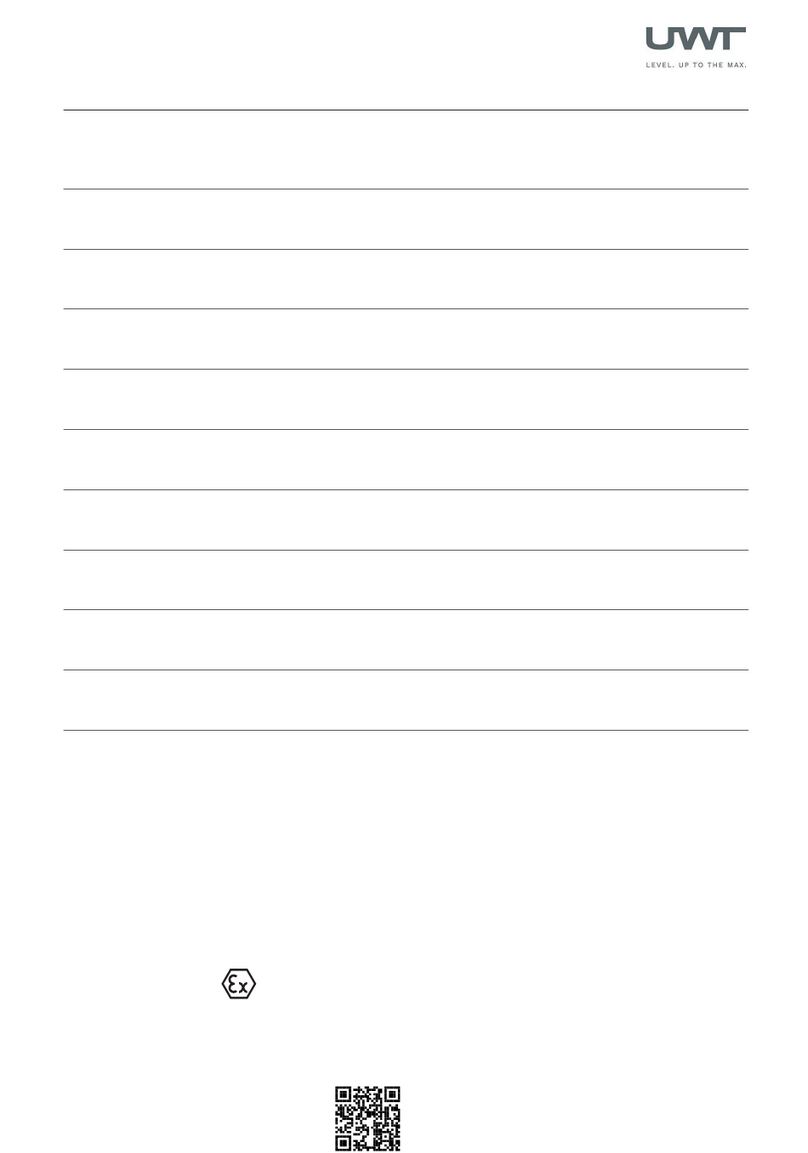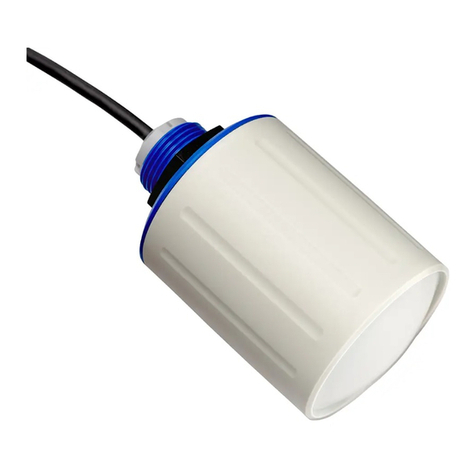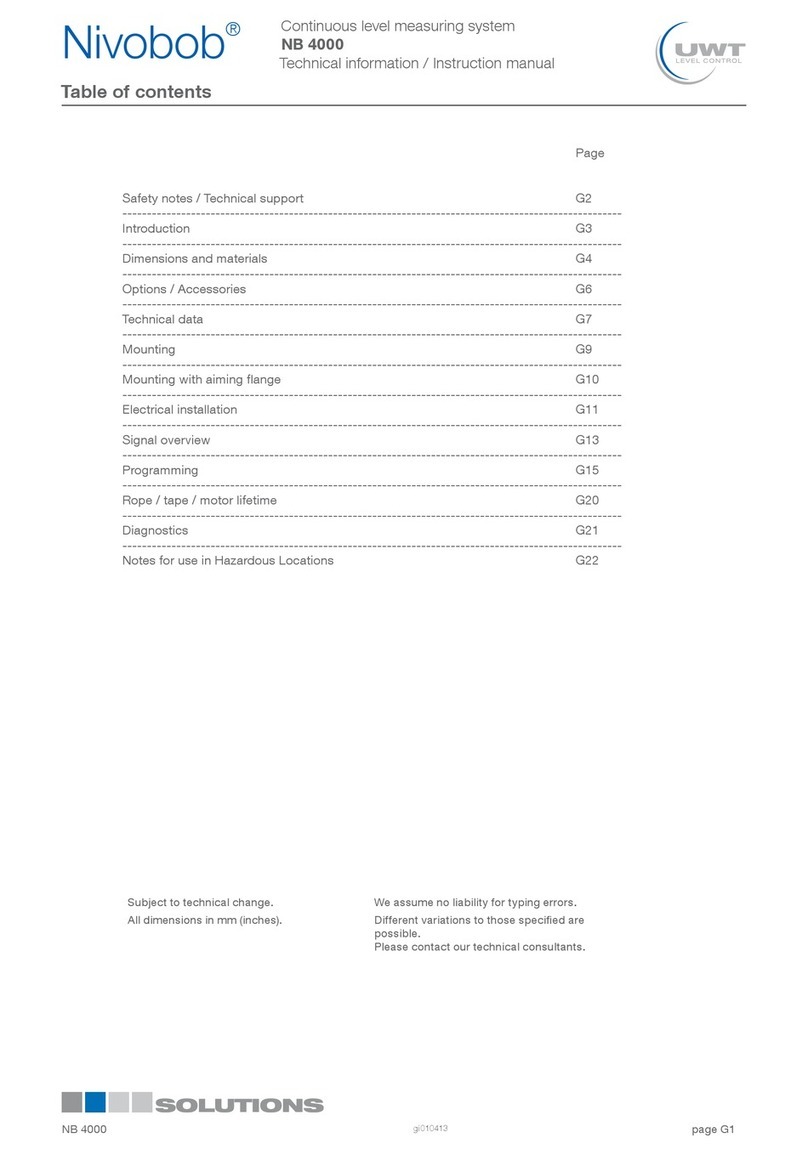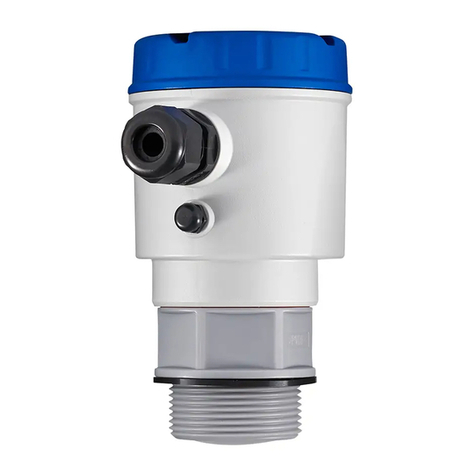
NivoRadar®Continuous level measurement
Series NR 4100
Technical information / Instruction manual
page 3
For your safety
Authorised personnel
All operations described in this documentation must be carried out
only by trained, qualied personnel authorised by the plant operator.
During work on and with the device, the required personal protec-
tive equipment must always be worn.
Appropriate use
NivoRadar 4100 is a sensor for continuous level measurement.
You can nd detailed information about the area of application in
chapter " Product description".
Operational reliability is ensured only if the instrument is properly
used according to the specications in the operating instructions
manual as well as possible supplementary instructions.
Warning about incorrect use
Inappropriate or incorrect use of this product can give rise to
application-specic hazards, e.g. vessel overll through incorrect
mounting or adjustment. Damage to property and persons or envi-
ronmental contamination can result. Also, the protective character-
istics of the instrument can be impaired.
General safety instructions
This is a state-of-the-art instrument complying with all prevailing
regulations and directives. The instrument must only be oper-
ated in a technically awless and reliable condition. The operator
is responsible for the trouble-free operation of the instrument.
When measuring aggressive or corrosive media that can cause a
dangerous situation if the instrument malfunctions, the operator
has to implement suitable measures to make sure the instrument is
functioning properly.
The safety instructions in this operating instructions manual, the
national installation standards as well as the valid safety regulations
and accident prevention rules must be observed by the user.
For safety and warranty reasons, any invasive work on the device
beyond that described in the operating instructions manual may
be carried out only by personnel authorised by the manufacturer.
Arbitrary conversions or modications are explicitly forbidden. For
safety reasons, only the accessory specied by the manufacturer
must be used.
To avoid any danger, the safety approval markings and safety tips
on the device must also be observed.
The low transmitting power of the radar sensor is far below the
internationally approved limits. No health impairments are to be
expected with intended use. The band range of the measuring
frequency can be found in chapter " Technical data".
